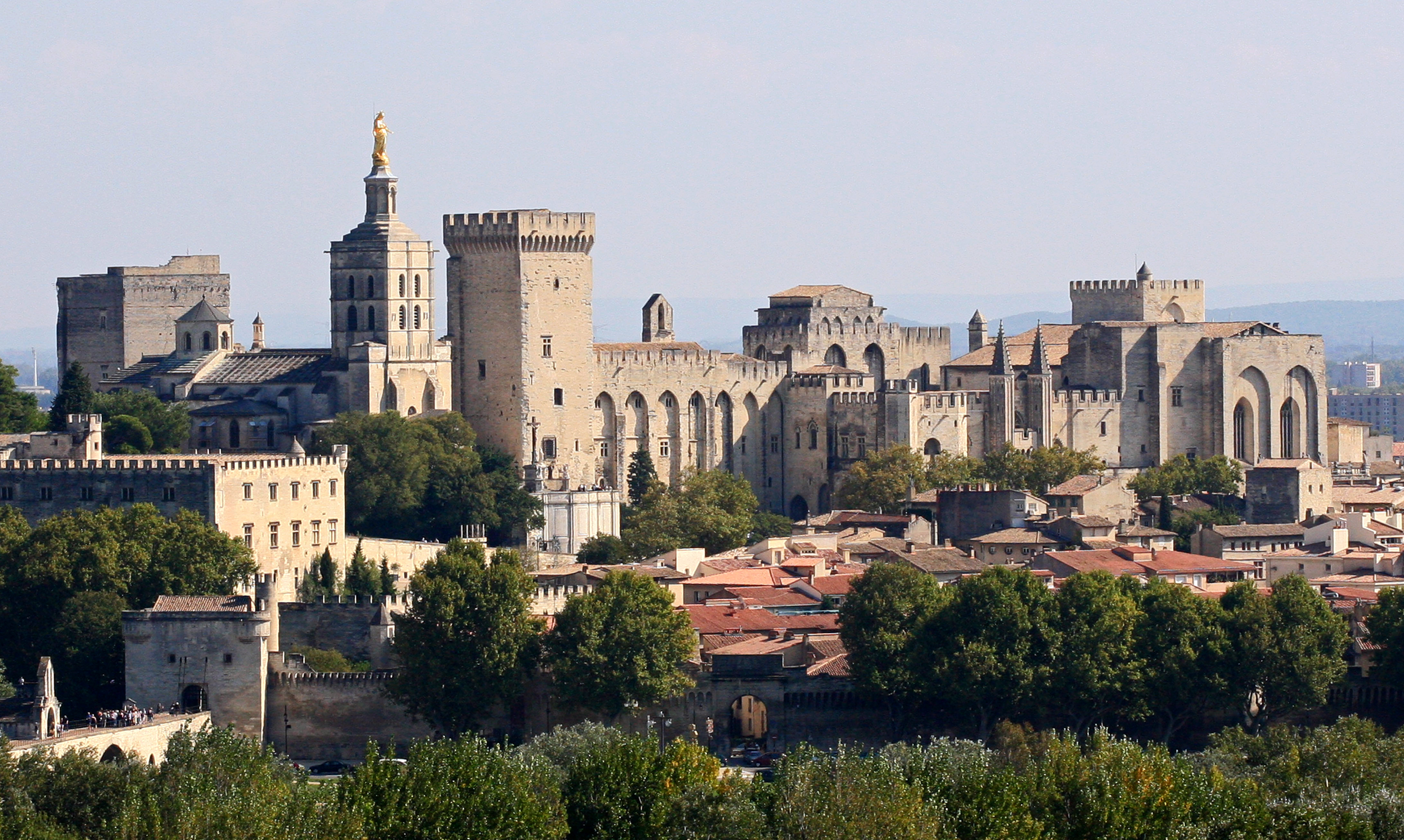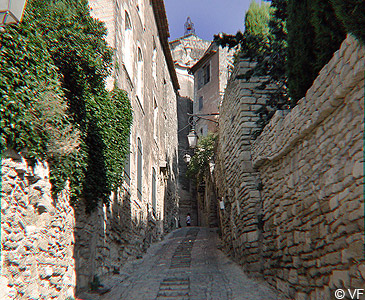It always takes a season to know about a season. But sometimes we just can't afford that. If you are going to Lima, Peru for a business trip but you only have two days (normally a weekend) for spare, you may not be able to go for an Inca trail. However, you still have an opportunity to touch the heart of Inca culture if you plan it well in advance. My two-day-one-night trip to Cusco and Machu Picchu this year may help you on your planning.
Target
I could only leave Lima on the morning of Day 1 and had to come back to Lima on the evening of Day 2. The trip must cover the historic capital of Inca Empire - Cusco, and the "Lost City of the Incas" - Machu Picchu.
Planning
The first thing to plan was the flight. The flying duration between Lima and Cusco was about 1.5 hours. And there were frequent daily flights operated by LAN between the two cities. So it was not difficult for me to book a ticket to bound the trip. Based on my situation in Lima, I decided to arrive at Cusco at 8.25am on Day 1 and depart from Cusco at 5.45pm on Day 2.
When I arrived at Cusco, half of the target was met. Then the following question was: when to visit Machu Picchu? I decided to visit Machu Picchu on the early morning of Day 2, because the sun light was best for photos and it was less crowded. There was a limit of 2,500 visitors per day to Machu Picchu. Although the tickets were seldom sold out, I insisted to purchase the entrance tickets on-line in advance because it saved my time for queuing during the trip. The official website to purchase the entrance tickets to Machu Picchu was:
http://www.machupicchu.gob.pe/
Unfortunately this website was not very user-friendly. Although it provided four languages as displaying options, I could only finish my booking with the default setting - Spanish. When it came to the payment, I had to use a credit card that supports Verified by VISA. I failed to make the payment in IE and Chrome, but finally I made it in Firefox. The price of an adult ticket was about USD 50.
In order to visit Machu Picchu on the early morning of Day 2, I chose to stay near Machu Picchu for the night. Machu Picchu was hidden from the outside world for many years because it was built high on the mountain. As a result, there was only one luxury hotel next to the entrance of Machu Picchu. It was not what I should consider about. At the foot of the mountain there was a village called Aguas Calientes. There were many hotels in this village and most of them were available for booking via Internet agents like Agoda and Booking.com. Since I was going for a business trip, I booked a single room at USD 110.
Between Cusco and Aguas Calientes, there was a long distance, nearly half of which was only accessible by train. There was a direct train between the two places, but the departure time from Cusco was only in the morning and the departure time from Machu Picchu was only in the afternoon, which was not suitable with my schedule above. Fortunately, between Cusco and Aguas Calientes, there was a small town called Ollantaytambo. It was quite common to travel between Cusco and Ollantaytambo by taxi with one-way price of USD 40 in about 2 hours, and the train time table between Ollantaytambo and Aguas Calientes was much more flexible. The train tickets sold very fast. So I had to purchase them on-line at least two weeks in advance. The official website to purchase the train tickets was:
http://www.perurail.com/
This website was more user-friendly than the previous one. One thing to note was that the train station in Ollantaytambo was named Sacred Valley and the train station in Aguas Calientes was named Machu Picchu. The price of the one-way train ticket was about USD 60 and the travelling duration was about 2 hours. I decided to arrive at Aguas Calientes at 8.43pm on Day 1 and depart from Aguas Calientes at 10.55am on Day 2.
The last thing to plan was the ticket of the shuttle bus between Aguas Calientes and Machu Picchu. The tickets were available only in Aguas Calientes. I had to purchase them right after I arrived at Aguas Calientes so that I could take the early morning bus (first bus departed at 5am) up to Machu Picchu before the sunrise. The price of a round-trip bus ticket was about USD 20. And the one-way travel duration was about 30 minutes.
Based on the planning above, I worked out the transportation itinerary as below:
Day 1
Lima 7.05am -> (flight) -> 8.25am Cusco
Cusco 3.30pm -> (taxi in about 2 hours) -> 5.30pm Ollantaytambo
Ollantaytambo 7pm -> (train) -> 8.43pm Aguas Calientes
Day 2
Aguas Calientes 5.30am -> (shuttle bus in about 30 minutes) -> 6am Machu Picchu
Machu Picchu 9am -> (shuttle bus in about 30 minutes) -> 9.30am Aguas Calientes
Aguas Calientes 10.55am -> (train) -> 12.32pm Ollantaytambo
Ollantaytambo 2pm -> (taxi in about 2 hours) -> 4pm Cusco
Cusco 5.45pm -> (flight) -> 7.10pm Lima
Enough time buffer had been allocated in this itinerary.
The Real Trip
I realized this trip in July 2013. During the journey, I almost followed exactly the itinerary. The transit time was more than enough.
 |
| A Glance at Cusco |
On the morning of Day 1, I reached Cusco. It was a totally different world for people from Lima as me. Lima was at sea level, while Cusco, whose elevation was 3,400 m, was located at the Andes mountain ridge. The sky was high, the weather was cool and the air was thin. The roof of the houses had the same color as the mountains.
 |
| Church
of the Society of Jesus |
Invaded by Spanish Empire in the 16th Century, the land marks of the city gained typical colonial influence. Located at Plaza de Armas, Church of the Society of Jesus was considered as one of the best examples of colonial baroque style in the Americas.
 |
| Alley View in Cusco |
However, it was not difficult to touch the Inca culture in its historical capital. From the quiet alleys, from the faces of the local people, from the lovely llamas in the streets, the indigenous culture revealed its vitality.
 |
| A Statue at the Centre of Plaza de Armas |















































